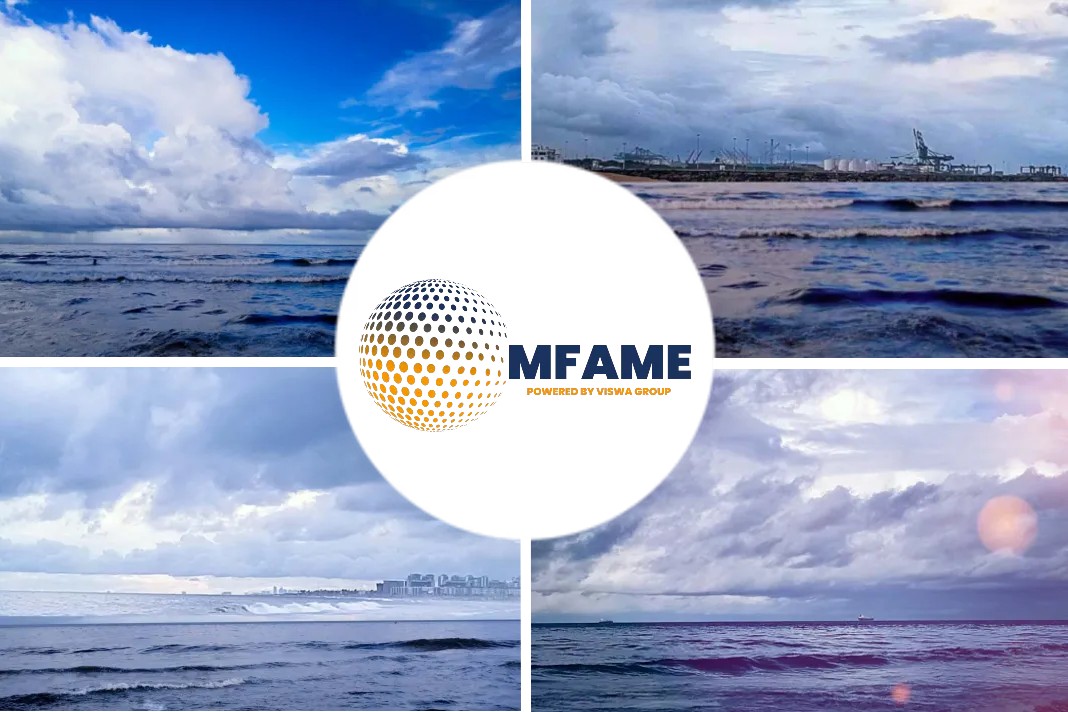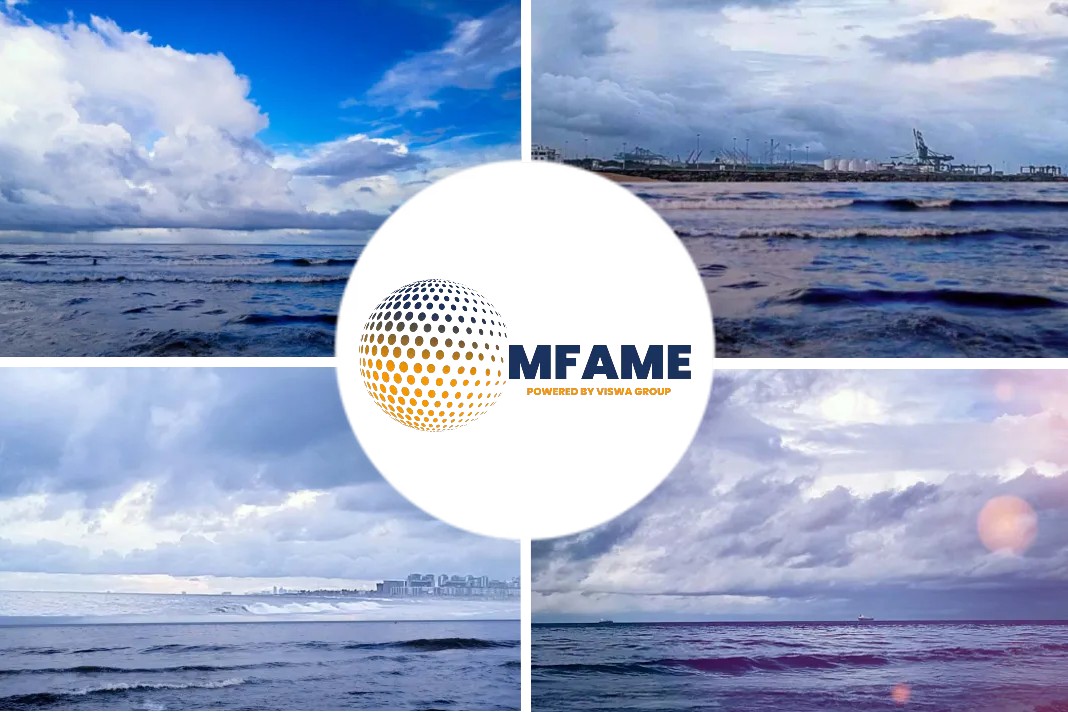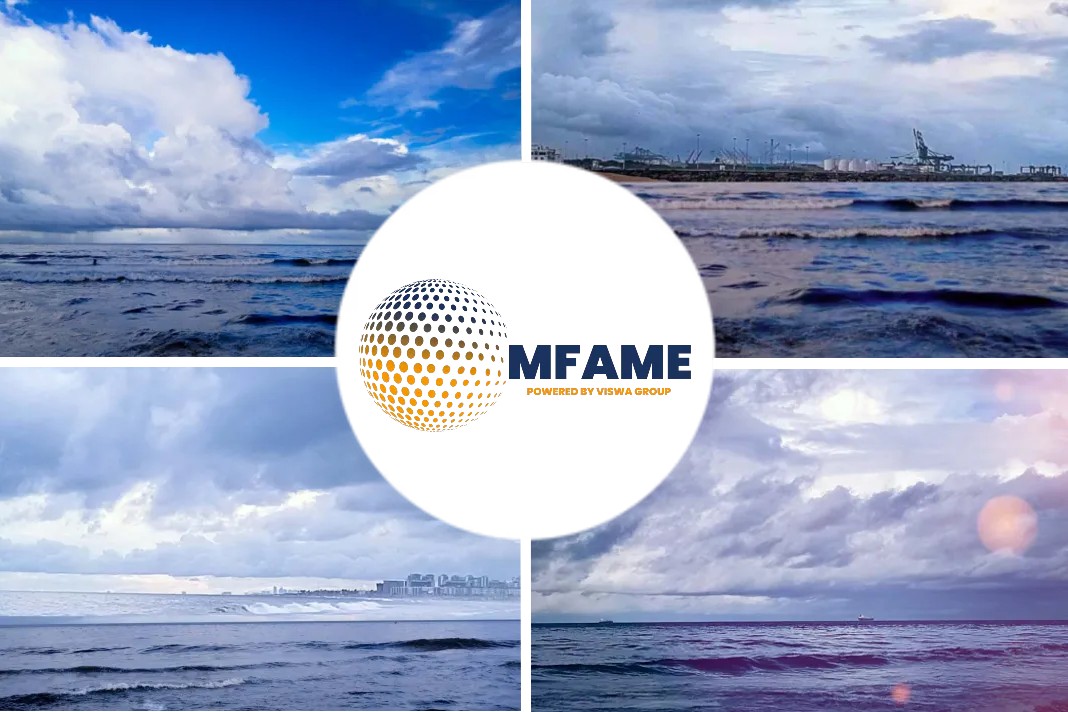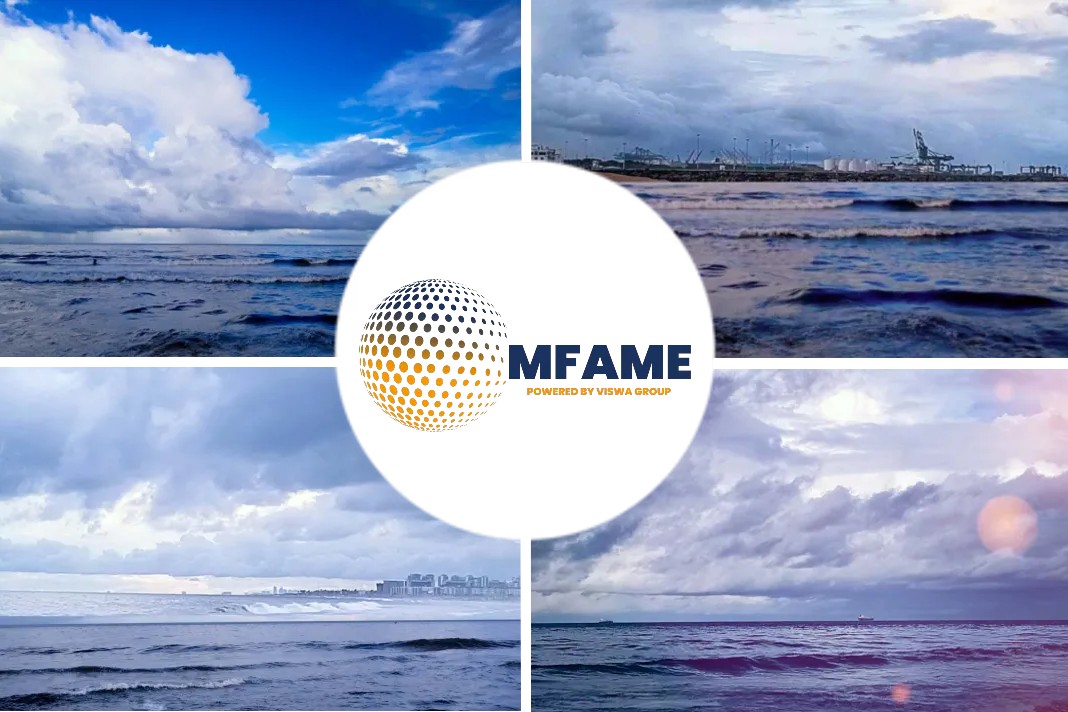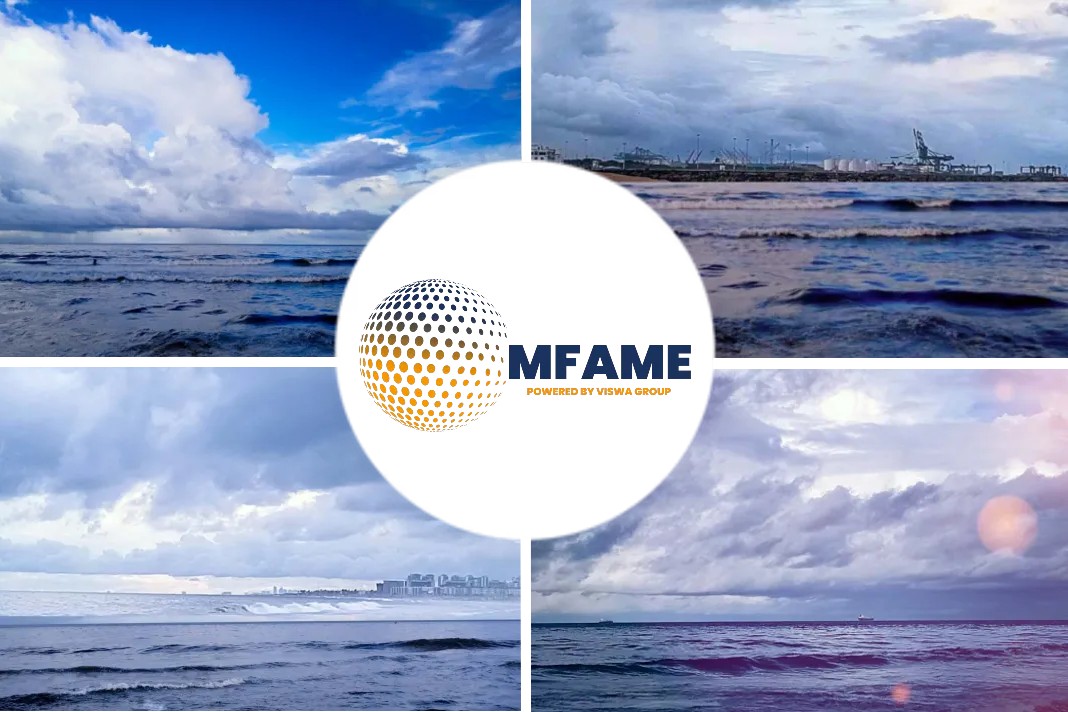- A staggering 80 percent of all goods are transported by sea, according to Statista.
- The plight of manufacturers worldwide as products pile up, waiting to be loaded, while full containers sit on delayed ships and in ports.
- Freight charges have risen alongside container prices and the cost of raw materials.
An interesting news article published in the Thatsmags by Joshua Cawthorpe states about South China’s Cargo Boom.
A peep into the story of Ever Given
On March 23, 2021, the eyes of the world were fixed on the Ever Given. The 400-meter-long cargo ship had slammed into the sandy banks of the Suez Canal, a crucial artery of ocean-faring trade. In the week that followed, as hundreds of vessels lined up to traverse the channel, onlookers became acutely aware of how fragile the global supply chain really is.
Fast forward half a year and consumers in the West are being warned that many popular items will be in short supply come Christmas time. This month, we talk to merchants making a living in China to explore the apparent unravelling of an otherwise invisible yet indispensable industry.
Ports on Pause
The Ever Given is estimated to have resulted in nearly USD10 billion dollars in lost revenue per day, according to Forbes. By the following week, the ship was immortalized in internet memes as a symbol of both hopelessness and hilarity. Nonetheless, as vessels began filing through the narrow thoroughfare to deliver their goods, international cargo shipping once again faded away from the public discussion.
In late May, global delays were forecasted as one of the world’s busiest ports went into lockdown. An outbreak among workers at Yantian Port, normally capable of loading 20,000 standard containers per day, forced a temporary suspension of the port’s operation. It reopened soon after but with reduced capacity and strict COVID-19 prevention protocols. By June 17, CNN reported that upwards of 50 freight liners were parked at sea awaiting their turn at the docks.
On August 10, an employee tested positive at China’s Ningbo-Zhoushan marine hub, the third busiest port in the world. The Meishan terminal, which handles a quarter of the cargo moving through the port, was subsequently closed for two weeks. By diverting awaiting vessels to other terminals and nearby ports, Global Times asserted that Ningbo operators maintained a near-normal throughput compared to July. However, nearly a week before the terminal resumed operation, 80 ships were still waiting to unload and replenish at Ningbo.
The pandemic hit supply chains hard with added security measures and outbreaks wreaking havoc among dockworkers, heavy haul truckers, warehouses and factories. Yet could this be all it took to bring the supply chain to its knees?
Sheltering from the pandemic, a more innocuous problem was brewing : skyrocketing demand.
The Factory Floor
The shipping business exploded since the pandemic
Ask anyone in the West to look around the room and almost everything nearby will have been aboard a cargo ship.
Benoit de Mallmann is the general manager of an export-only shower enclosure factory in Zhongshan, Guangdong province. His business is entirely dependent on the sea for delivery and is directly impacted by port closures and delays. However, he describes the paradoxical effect of the pandemic for manufacturers within China’s borders.
“Since the pandemic began, the business has exploded. This year to date we have seen between 60 to 70% growth.” The reason is because the consumers cannot travel due to COVID-19 restrictions so they spend their money on the renovation of their kitchens and bathrooms.
The hurdle, he tells That’s, is a lack of shipping containers. “We are accumulating a massive amount of stock and we don’t want to hinder production. We had to expand by building new warehouses and then rent additional warehouses.”
De Mallmann echoes the plight of manufacturers worldwide as products pile up, waiting to be loaded, while full containers sit on delayed ships and in ports.
“The container situation is very unpredictable,” he says. “You can have zero containers available for several days and then the following week you will have fifty containers. So we need to be ready to load and ship all of our goods as soon as the containers come in.”
Not only are containers unavailable but they come at an unprecedented cost. Drewry Shipping Consultants shows the world container Index price hovering around USD10,000 — freight rates not included. Prices have soared 281% higher than the autumn of 2020. The five-year average for a 40ft container is USD2,530. In the final week of August, Container xChange showed available units at Yantian Port selling for over USD15,000.
According to South China Morning Post, 96% of shipping containers are made in China and manufacturers are having a booming year. One major player, China International Marine Containers Group, produced 1.1 million standard dry containers in the first half of 2021. In doubling the output compared to the previous year, CIMC reported a 1,739% increase in net profits as surging demand dragged prices higher and higher.
Free on board, or FOB, is a shipping industry term which means that the buyer is liable for the goods once they are shipped. De Mallmann’s prices are FOB so the container cost is absorbed by the customer. In order to stay competitive, he explains, the company has been focused on optimizing the way container space is used. “We need to load more and decrease the freight cost per unit for the customer. I would say this is one positive aspect because it forces us to think a bit greener. We need to use less cardboard and styrofoam so we ultimately consume less material.”
Coal for Christmas
Freight charges have risen alongside container prices and the cost of raw materials. The result is mind-bending quotes from exporters with some transactions being simply abandoned. Sergio Jaimes is a Colombian export agent who lives with his family in Guangzhou. Since 2011, he has been filling orders for everything from sneakers to phone cases to automobile parts and shipping them to his clients throughout Central and South America.
In 2018 and 2019, Jaimes was a loading up to 16 containers a year. This month he will send the second shipment of 2021. In a coffee shop on a windy Sunday afternoon, Jaimes pulls up old WeChat messages to show us prices from a bygone time. October 22, 2019, a container leaving Shenzhen and bound for Buenaventura Port is purchased for USD2100. That same route was quoted at USD13,500 on September 6, 2021. Another shipment to Chile came in at USD16,500 with neither price including the export fees or delivery charges from factory to FOB.
“I personally lost several opportunities because of this situation,” Jaimes laments. “After you quote the price and explain the delays, many buyers cancel the transaction.”
Another Colombian, Lorena Garzon, has a trading company in Yiwu, Zhejiang province. Like Jaimes, she sources products, inspects shipments, arranges shipping and processes payment for importers in the West. On top of high costs and container shortages, her customers have been embattled by production delays.
In 2019, Garzon filled and sent over 40 containers. To name but a few of the products that she handles, she lists stationery, party supplies, household goods, cosmetics, jewelry and raw materials for handbags. She tells That’s, “we’ve had production delays with plastic [products] or party balloons because some of the chemicals that make them come from other countries.”
“Due to the lack of production materials, the delivery time to the factory is already delayed. The shortage of containers then adds a lot more time. As a result, some customers no longer purchase in China. Instead they choose to purchase locally. There are many factories in Panama and a lot of the products are similar to those that importers source in China. The price is higher but the delivery time is much faster.”
“Household products and toys with circuit board materials are also causing problems,” adds Garzon, unsurprisingly. A Trump-era protectionist policy limited the purchase of certain technologies from Chinese firms. According to Reuters, the former president’s memorandum on technology transfers between China and the US is being partially blamed for the global chip shortage. Toyota announced in mid-October that it had slashed production by 40% due to the inability to acquire microchips, as per the New York Times.
China’s rebounding domestic economy and increased demand from factories has led to a 13% jump in the demand for energy. Reuters reports that, in the first eight months of the year, coal-fired power stations rose to the challenge and met the growing need with an extra 465 trillion Watt Hours (TWh). To put it in perspective, the Scotland’s government website states that wind power provided 23.2 TWh in 2019 — enough electricity to power every home in the nation for more than two and a half years.
Despite ambitious carbon neutrality goals, top officials instructed coal mines to increase production and urged some recently shuttered mines to reopen, as per South China Morning Post. In Mid August, the National Development and Reform Commission published a ranked list of all 31 provinces and regions, highlighting that seven of them had failed to meet their energy saving targets. The NDRC then instructed those provinces, including Guangdong and Jiangsu, to take measures to ensure that the targets were met by year’s end.
The result has been rolling blackouts. Local officials targeted factories and periodically cut power to industrial areas, further exacerbating supply chain problems ahead of the busy Christmas season. Far from the coal mines of Inner Mongolia, De Mallmann’s factory had to embrace the city’s new energy austerity.
“In the last fifteen days of September, we had four days a week without electricity. This affected the entire industrial area of Zhongshan. I have a friend who is a supplier in Zhuhai and they were going six or seven days a week without electricity while other areas were one or two days only. We organized some night shifts and we still managed to reach our production goal but it was an emergency situation.”
Pinstripe Pirates
In contrast to the headaches and heartaches for merchants and consumers, the shipping industry itself is rolling in dough. The world’s biggest shipping company, AP Moller-Maersk A/S, projected a modest USD4.5 billion in profits at the start of 2021. However, by exploiting the jump in demand for consumer goods, the Danish behemoth now expects to surpass USD14 billion, according to Bloomberg.
Chinese state-owned COSCO shipping saw an 88 percent year on year rise in revenue for the first half of 2021. The company moved 13.84 million TEUs (twenty-foot equivalent units) during that time, a meagre 16.8 percent increase from last year, Nikkei reports. The sheer necessity of the industry has buyers and sellers in a chokehold.
Critics of the cargo ship business suggest that now is the time to step back, shop local and decarbonize the shipping industry. Unfortunately, this is much easier said than done. One Network Express, headquartered in both Tokyo and Singapore, told the Economist that a 10 percent speed reduction could bring carbon emissions down 15 percent. But the current situation shows no signs of slowing down.
The International Maritime Organization is a UN body tasked with regulating the industry. In September, the International Chamber of Shipping submitted a proposal to the IMO outlining a research and development fund which would levy USD2 on every metric ton of marine fuel consumed. The purpose of the fund, awaiting approval at an IMO meeting this November, would be to explore viable alternative fuel solutions.
The industry is smashing profit records in every consecutive quarter and consumers in the West are being warned to start Christmas shopping early. Cargo ships are the backbone of the globalized economy and governments can’t simply strong-arm the prices back down to pre-COVID levels. When regulators discuss the current state of shipping, will they acknowledge the concerns of importers and exporters? Might they discuss food security in developing nations? Do they have the power to pressure the industry to self-regulate?
For now, we wait, like five thousand container ships on the water as we read, and hope for smooth seas and clear skies ahead.
After you quote the price and explain the delays, many buyers cancel the transaction.
Did you subscribe to our daily Newsletter?
It’s Free! Click here to Subscribe
Source: Thatsmags






